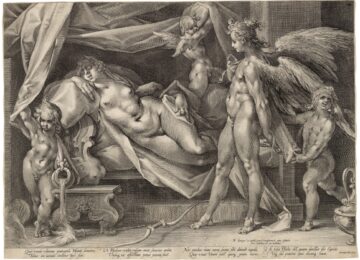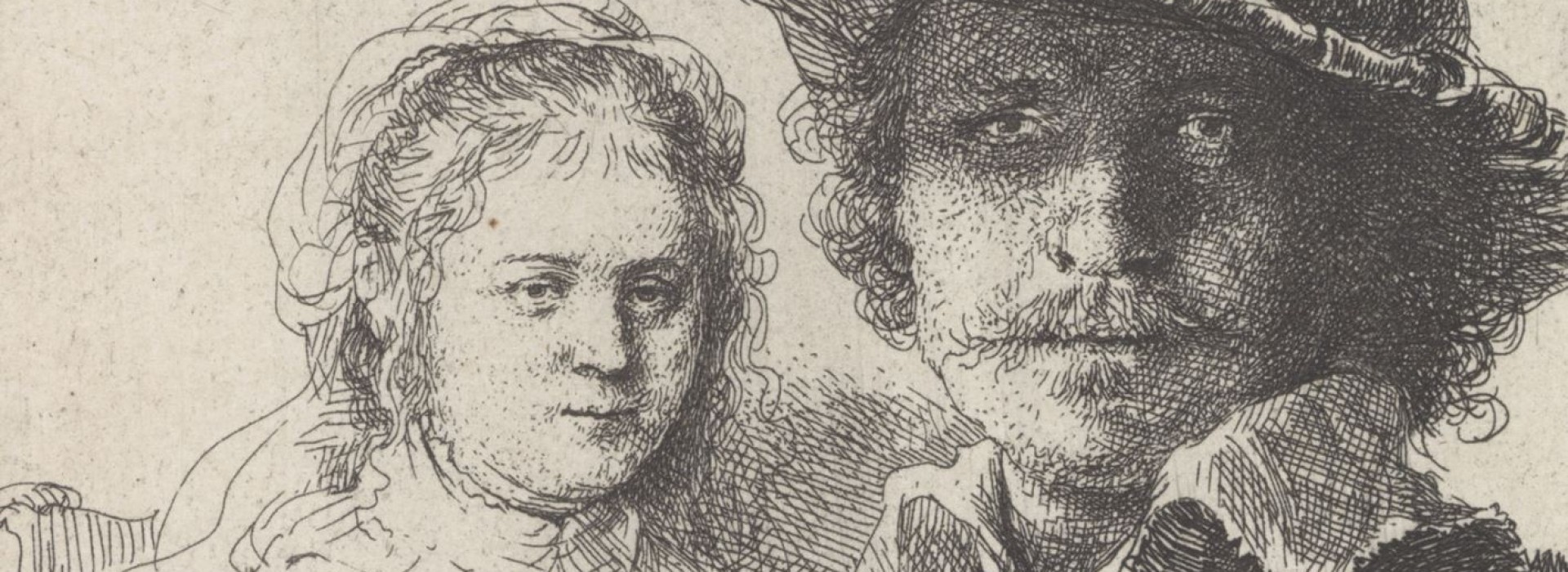


Old Masters Art is traditionally used in reference to great European painters which practised over a lengthy period roughly between 1300 and 1830. It is worth noting that the term “Old Master” must not be confused with a broad range of notable but anonymous painters from the same era, who are labelled “Master of (a particular work or location)”. They are the opposite end of the time scale from modern movements such as Avant-garde, Postmodernism and Sensationalism.
The time of the Old Masters begins with the Proto-Renaissance, personified by the Florentine artist Giotto di Bondone (1270-1337). Following this, the Old Masters are associated with movements and art styles of the 15th century, including the Early Renaissance. Then there was the Northern Renaissance of Holland, England and Germany (Jan Van Eyck), and the 16th century masterpieces which made up the (Tintoretto) Venetian Renaissance and High Renaissance (Michelangelo).
Completing the Old Masters time period you finally have the 17th century pieces featuring the Dutch Realism School and Peter Paul Rubens’ Baroque style. This was then proceeded by the 18th century which ushered in Romanticism (Francisco Goya), Neoclassicism (Jacques Louis David) and Rococo (Francois Boucher). Of course there are a large number of other well-known artists of the time which are also worthy of note, including Harmensz van Rijn Rembrandt, Jonas Suyderhoef, Albrecht Durer, Stephano Della Bella, Jusepe de Ribera and Franz Weirotter to name just a few.
The popularity of a painter’s work, and indeed how ‘good’ they must be to qualify as an Old Master, is not a precise science. In practice, every one of the famous artists from this period fall into the category. Whilst deliberately avoided by many art historians due to its vagueness, the term “Old Masters” is used regularly by art auctions and galleries to brand and differentiate these great European artists of years ago from the famous painters of modern times.
Prints and paintings by Old Masters can be visited in many of the most distinguished art museums, like the Louvre Museum in Paris, the Tate Gallery in London, Hermitage Museum in St Petersburg, the Pinakothek Museum in Munich, the Prado Museum in Madrid, the Vatican Museum in Rome and the Gallery in Florence. They can also be found in top public galleries across the US, such as New York’s Metropolitan Museum of Art.